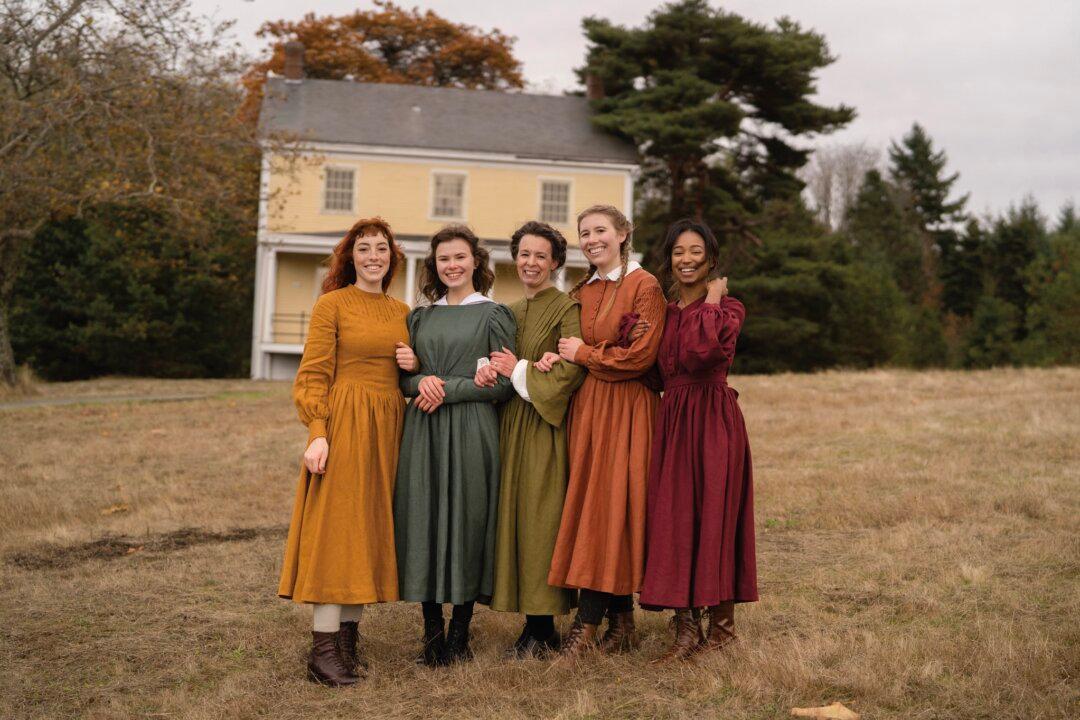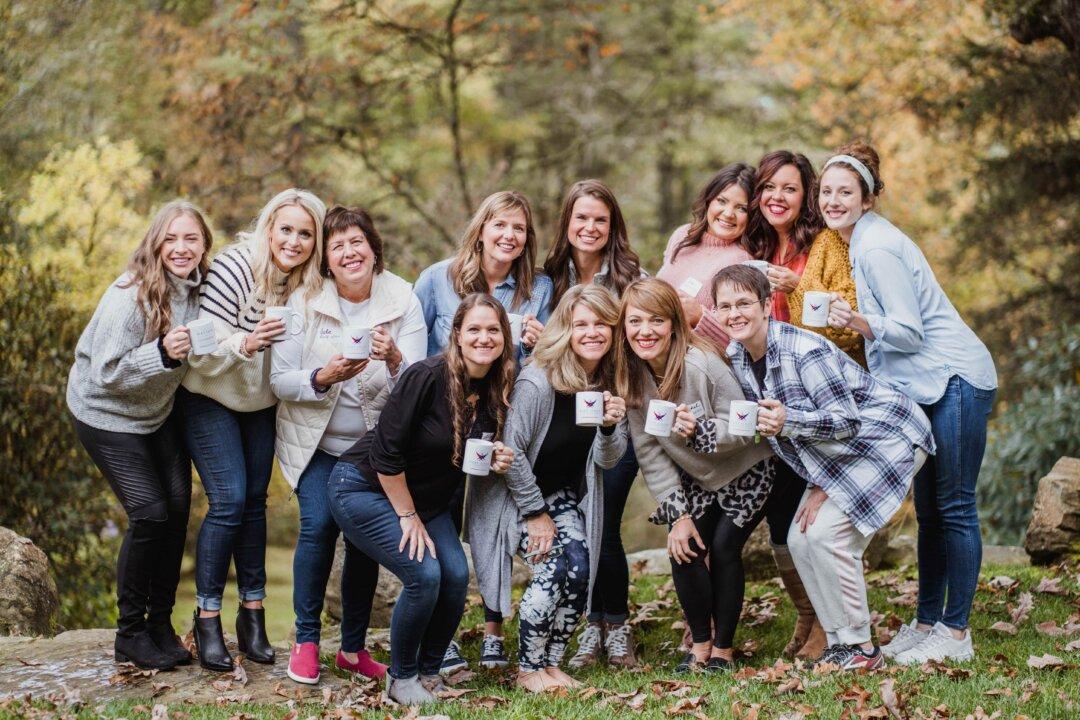Luiza Sadykova was 6 years old when she cross-stitched her first piece of embroidery. It was also around then that she first listened to her mother read “Little Women” to her and her sister, Julia Saidova, at their home in Uzbekistan. Even worlds away, they felt a deep affinity with the March sisters of Louisa May Alcott’s beloved novel.
Growing up in Uzbekistan, the family lived modestly. The girls watched their mother hand-sew their dresses and hand-knit their cardigans, while their grandmother sewed their nightgowns and taught them to bake. These influences guided them as they grew up and started their own families. As Sadykova sewed clothes for her own daughters, she dreamed of one day selling her handiwork.





